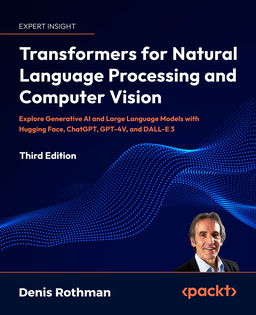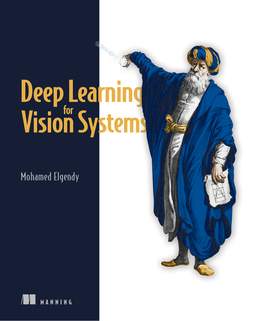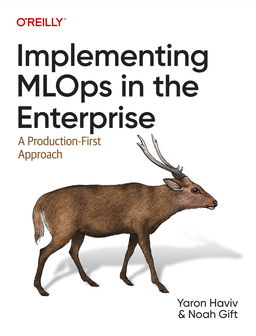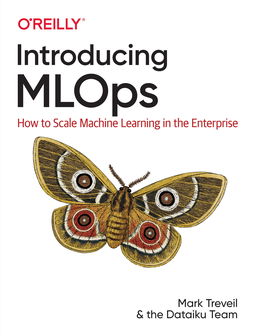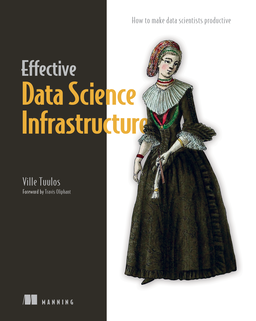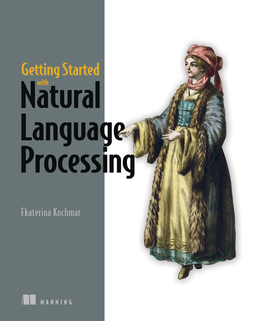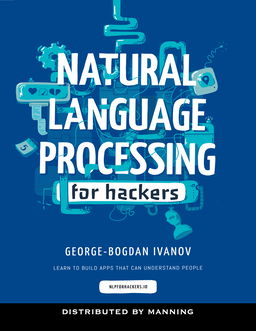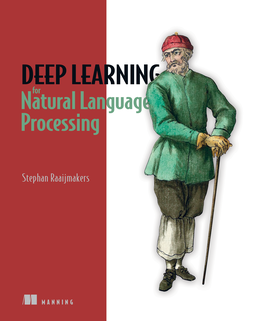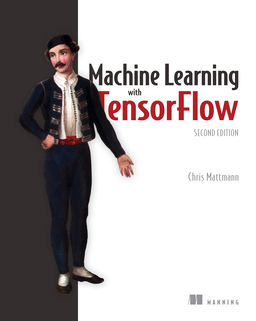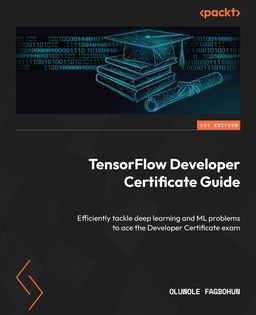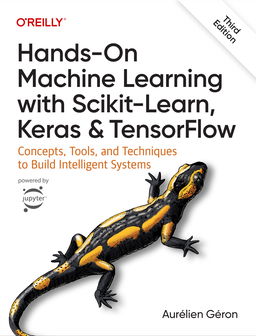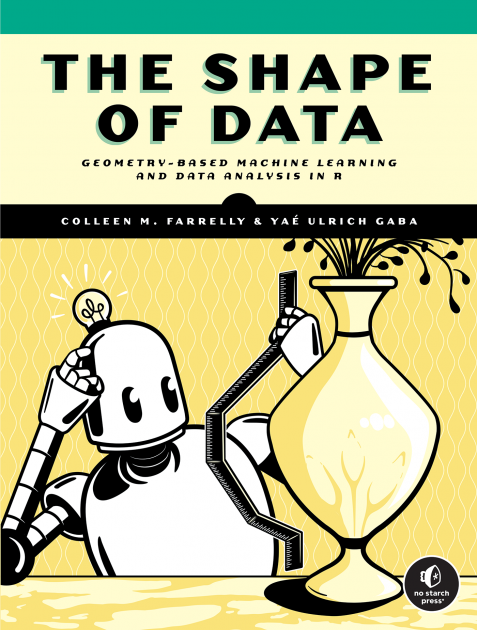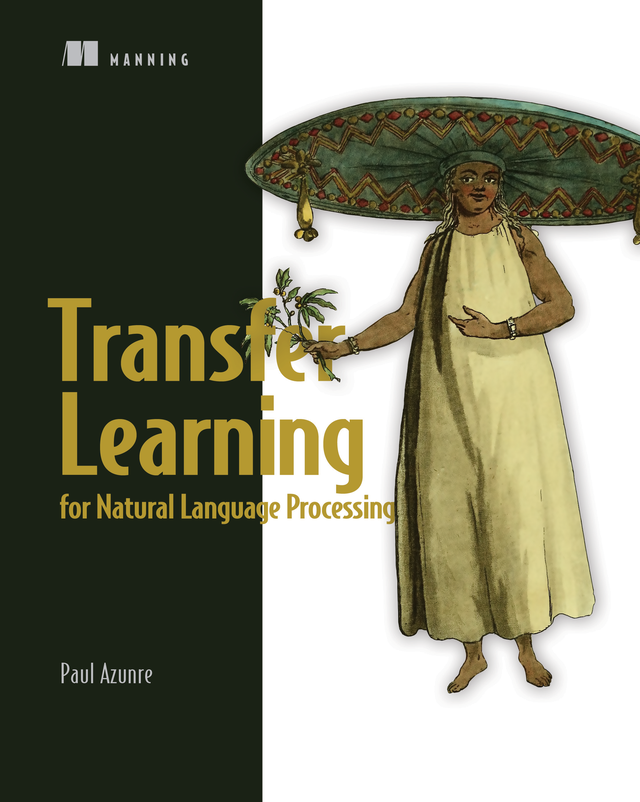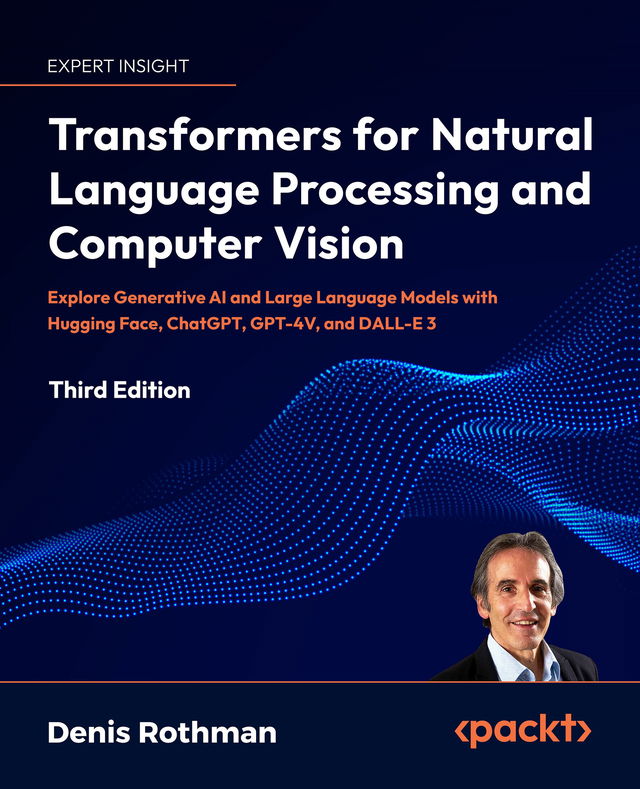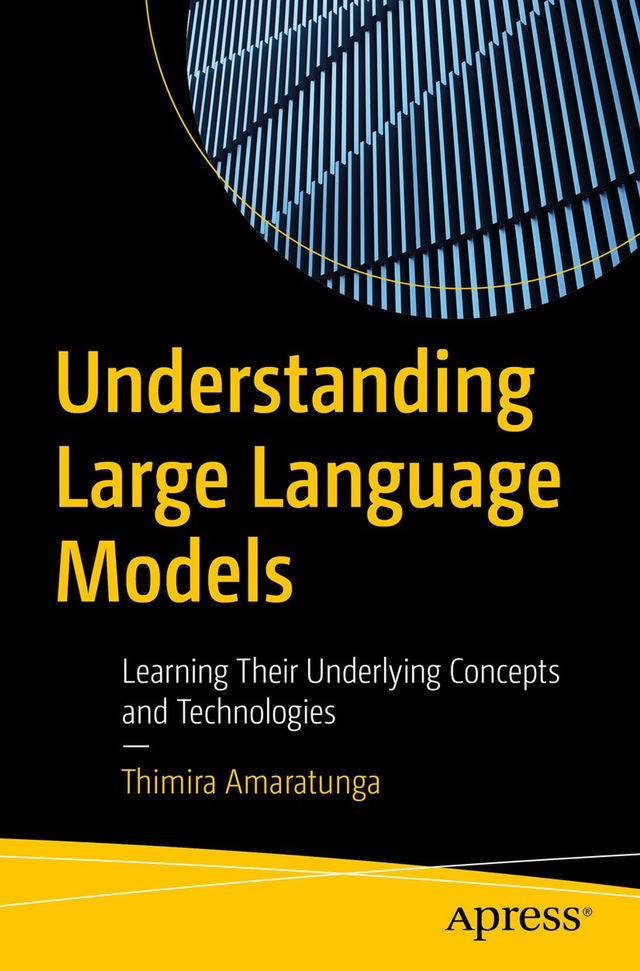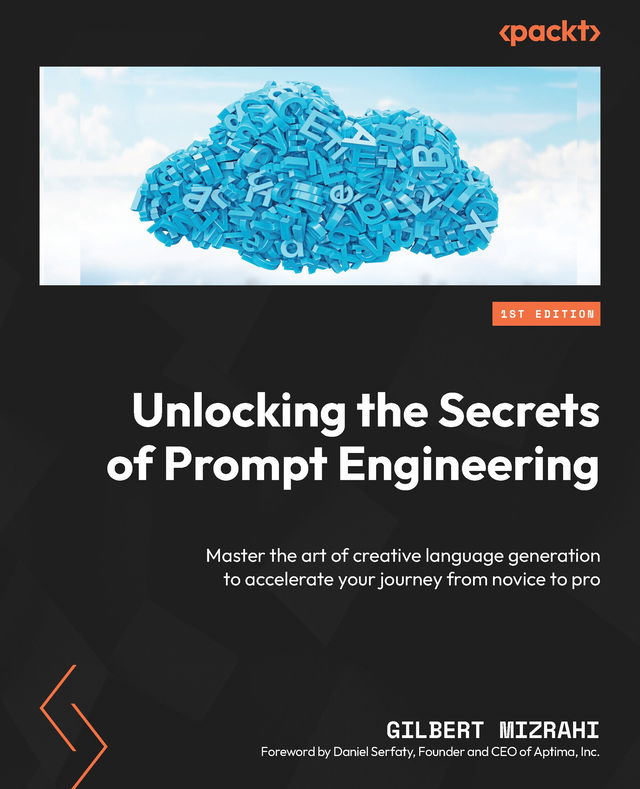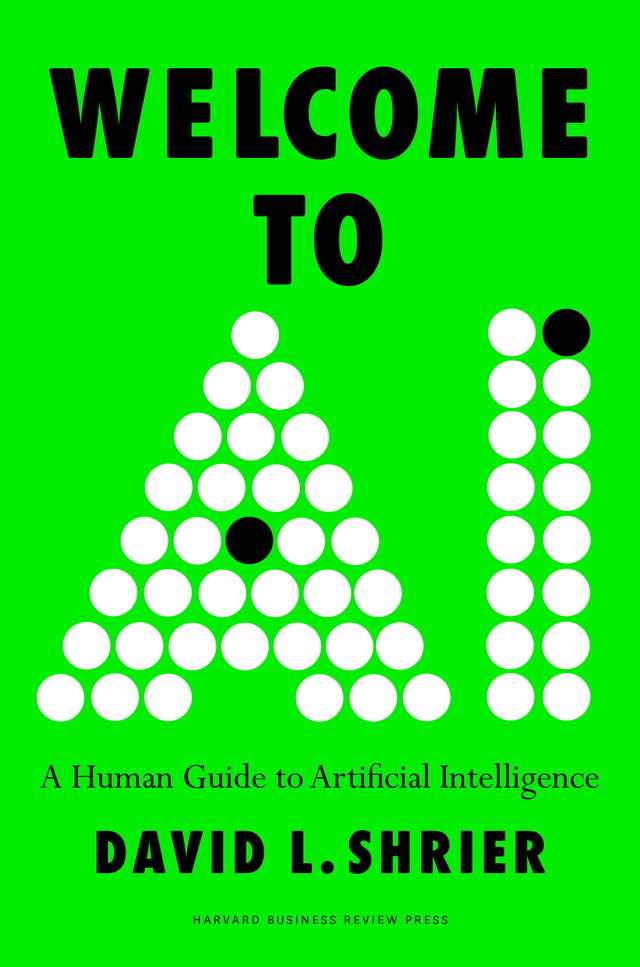Unlocking the Secrets of Prompt Engineering is your key to mastering the art of AI-driven writing. This book propels you into the world of large language models (LLMs), empowering you to create and apply prompts effectively for diverse applications, from revolutionizing content creation and chatbots to coding assistance.
Starting with the fundamentals of prompt engineering, this guide provides a solid foundation in LLM prompts, their components, and applications. Through practical examples and use cases, you'll discover how LLMs can be used for generating product descriptions, personalized emails, social media posts, and even creative writing projects like fiction and poetry. The book covers advanced use cases such as creating and promoting podcasts, integrating LLMs with other tools, and using AI for chatbot development. But that’s not all. You'll also delve into the ethical considerations, best practices, and limitations of using LLM prompts as you experiment and optimize your approach for best results.
By the end of this book, you'll have unlocked the full potential of AI in writing and content creation to generate ideas, overcome writer's block, boost productivity, and improve communication skills.
What you will learn
- Explore the different types of prompts, their strengths, and weaknesses
- Understand the AI agent's knowledge and mental model
- Enhance your creative writing with AI insights for fiction and poetry
- Develop advanced skills in AI chatbot creation and deployment
- Discover how AI will transform industries such as education, legal, and others
- Integrate LLMs with various tools to boost productivity
- Understand AI ethics and best practices, and navigate limitations effectively
- Experiment and optimize AI techniques for best results
Who this book is for
This book is for a wide audience, including writers, marketing and business professionals, researchers, students, tech enthusiasts, and creative individuals. Anyone looking for strategies and examples for using AI co-writing tools like ChatGPT effectively in domains such as content creation, drafting emails, and inspiring artistic works, will find this book especially useful. If you are interested in AI, NLP, and innovative software for personal or professional use, this is the book for you.

